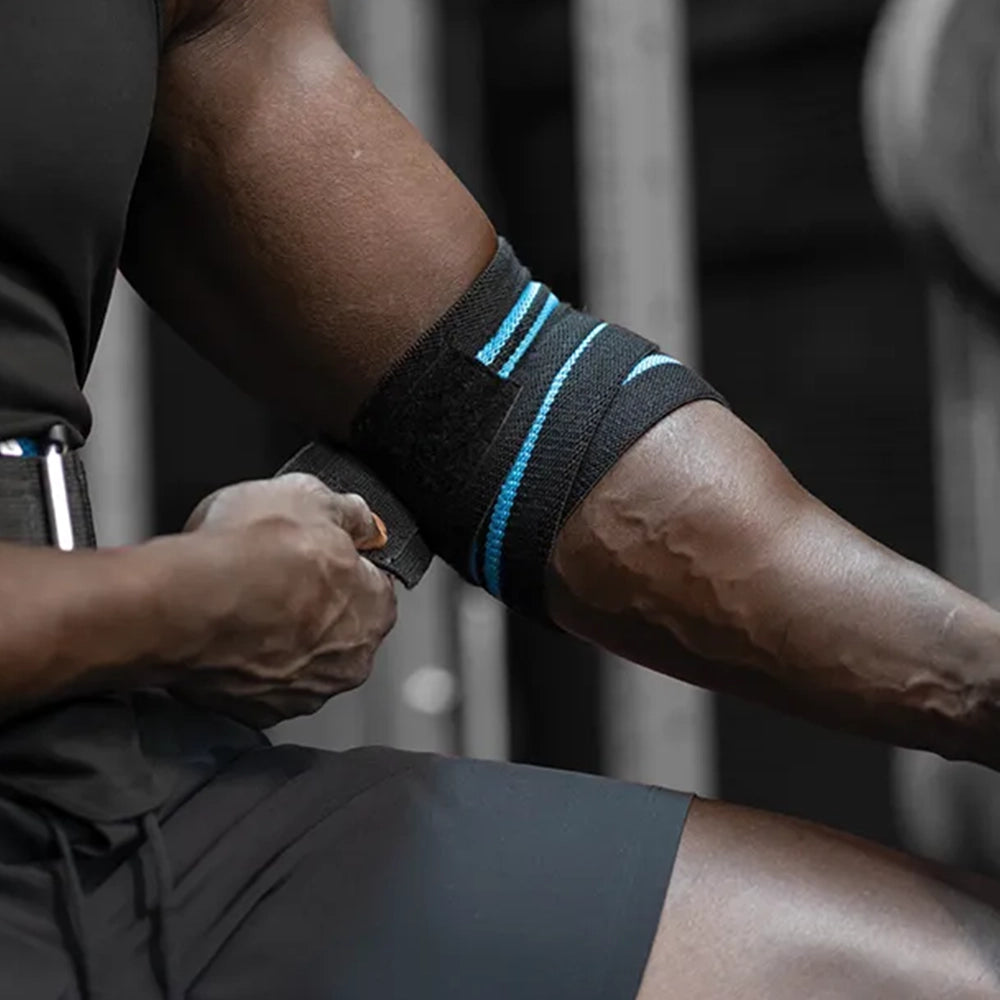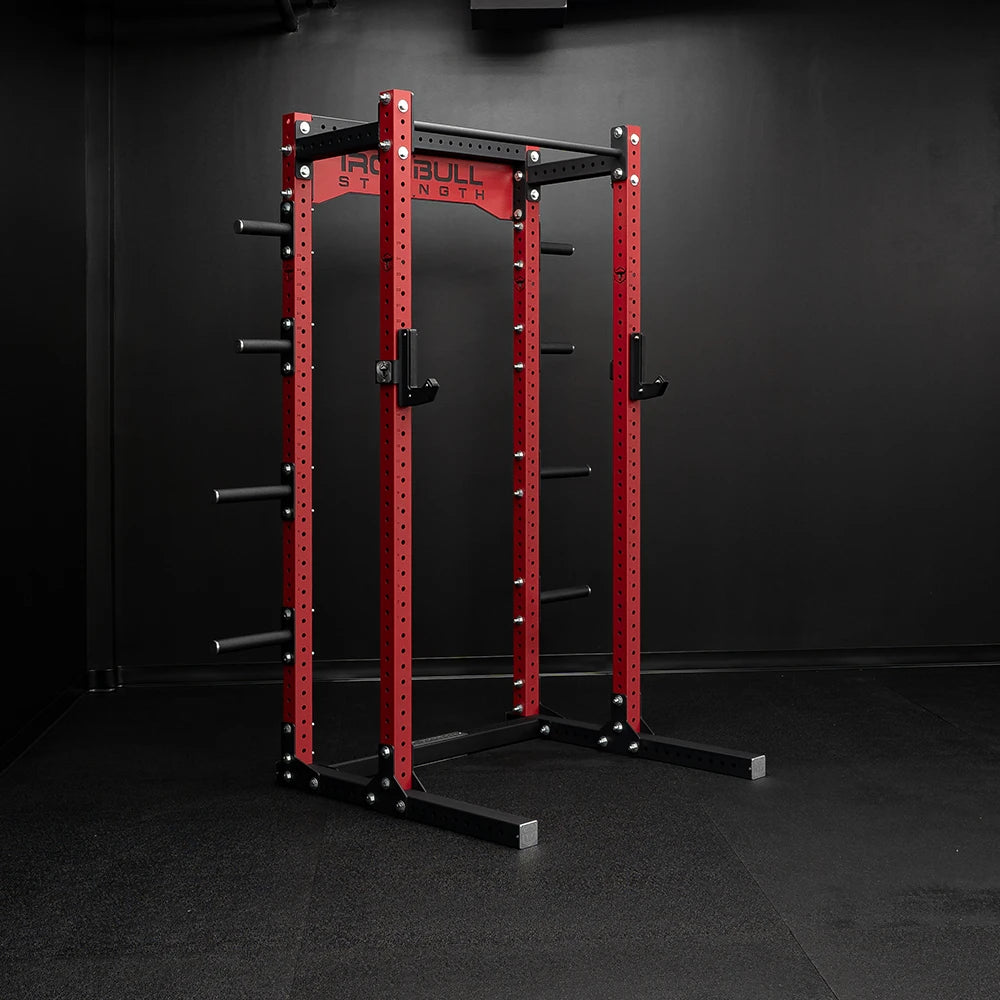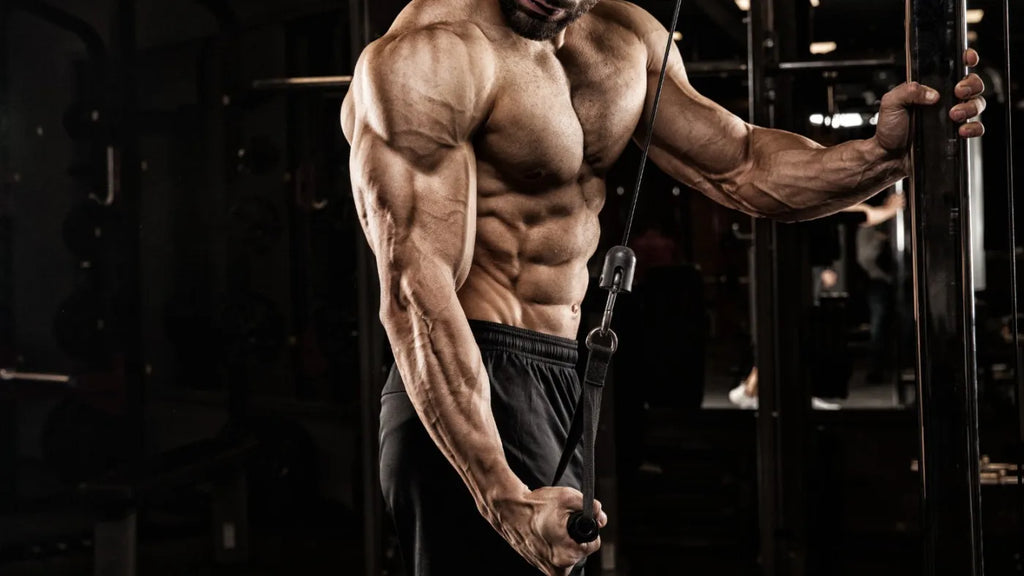Optimal Bench Press Grip Width: Maximize Strength and Chest Gains in 30 Seconds


Grip width plays an important role in maximizing strength and muscle development during the bench press.
It affects how your muscles engage, your shoulder health, and your overall performance.
Strength Benefits: Optimal grip width leads to improved lift efficiency.
Muscle Growth: Different grip widths activate different portions of the chest.
Injury Prevention: Correct positioning reduces stress on the shoulders and wrists.
Visit our collection page of adjustable weight bench for sale, to ensure you have the right equipment for performing proper bench presses with varying grip widths.
Why Grip Width Matters in Bench Pressing
Your grip width can make or break your bench press technique, affecting muscle activation, shoulder stability, and overall performance:
Muscle Activation: A wider grip targets the outer chest, while a narrower grip emphasizes the triceps and inner chest.
Shoulder Health: Correct grip width helps maintain shoulder alignment, reducing the risk of injury.
Performance Impact: A balanced grip allows for better control, helping you lift heavier over time.
Ensure that you have a high-quality barbell bar with clear markings to easily measure grip width.
Finding Your Ideal Bench Press Grip Width
Several methods can help determine the best grip width for your body structure and goals:
1.5x Biacromial Width Method:
Measuring: Measure the distance between your acromion bones (shoulder width) and multiply by 1.5 to calculate your ideal grip.
Pros: Offers a personalized starting point based on your individual anatomy.
Cons: May need fine-tuning depending on shoulder mobility and goals.
The Push-Up Test Method:
How It Works: Perform push-ups and note where your hands naturally fall. This hand placement often correlates well with a safe, effective bench press grip width.
Application: Translate this width to your barbell setup for a natural grip.
Standing Arm Extension Method:
Instructions: Stand with your arms extended, elbows slightly bent. Where your arms naturally fall can help guide your grip width on the bench.
Benefits: Simple and intuitive, especially for beginners looking for comfort in their grip.
A lifting belt provides core stability and support during bench presses, especially when experimenting with different grip widths. Consider using a leather weight lifting belts for this purpose.
Optimizing Your Bench Press Form for Maximum Strength
Once you've found the right grip width, mastering form is key for safety and strength:
Bench Setup: Keep your shoulder blades retracted and feet firmly planted for stability.
Breathing and Bracing: Inhale deeply before lowering the bar, and engage your core for support.
Bar Path and Elbow Position: Lower the bar in a controlled motion, keeping elbows at a 45-degree angle for joint safety.
Leg Drive: Push your feet into the ground to generate power from your lower body.
To ensure stability and protect your elbows during the setup for leg drive, consider using elbow wraps.
Common Bench Press Grip Width Mistakes to Avoid
Using the wrong grip width can lead to poor performance and increased risk of injury. Here’s what to avoid:
Gripping Too Wide: Overstretches the chest and shoulders, increasing the risk of injury.
Gripping Too Narrow: Overworks the triceps and reduces chest activation, limiting strength gains.
Inconsistent Grip Placement: Failing to grip the bar evenly results in imbalanced lifts and potential injury.
To keep weights secure and balanced during every press, consider using barbell clip.
Grip Width and Chest Growth: Maximize Muscle Activation
Finding the right grip width can directly impact which part of the chest is activated during your lifts:
Wide-Grip Bench Press: Focuses on the outer chest, enhancing width.
Close-Grip Bench Press: Shifts focus to the triceps and the inner chest for definition.
Mid-Grip Bench Press: Provides a balance between chest and tricep activation, ideal for overall growth.
Incorporating 20lb dumbbell for dumbbell flys or presses during warmup can be beneficial to target different angles and prevent injuries when lifting heavier weights.
Tips for Maximizing Bench Press Performance
Once your grip is perfected, continue progressing by incorporating strategic techniques and variations:
Progressive Overload: Gradually increase the weight you lift to ensure continuous strength gains.
Grip Variations: Experiment with close-grip and wide-grip bench presses to target different muscle groups.
Accessory Exercises: Include movements like incline presses, dumbbell flies, and dips to strengthen supporting muscles.
A versatile piece of equipment to assist in safe bench pressing is a power rack, allowing for proper form and heavy lifting with safety catches.
Experiment to Find Your Perfect Bench Press Grip Width
Your ideal grip width may vary based on body structure, goals, and comfort. By experimenting with different methods and maintaining proper form, you’ll enhance both your chest growth and overall strength.
Keep adjusting and fine-tuning your grip as your training evolves to keep progressing toward your fitness goals.










